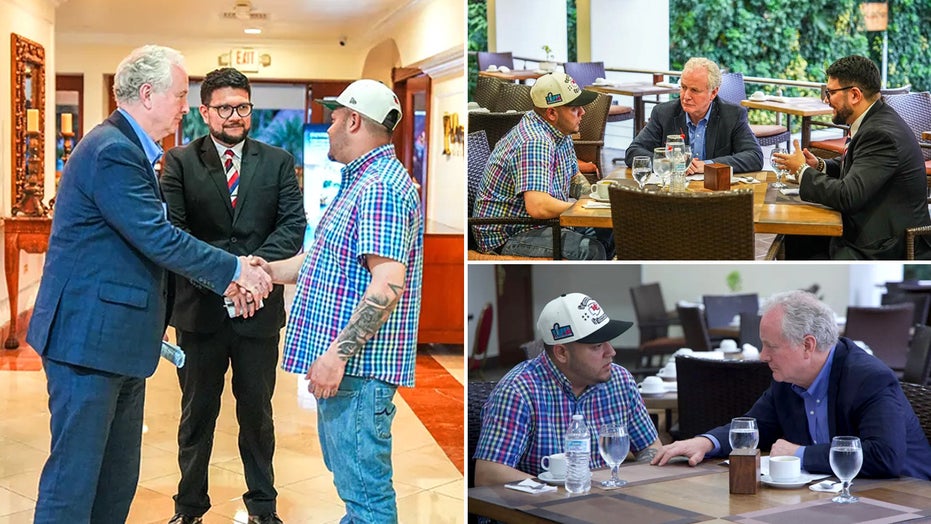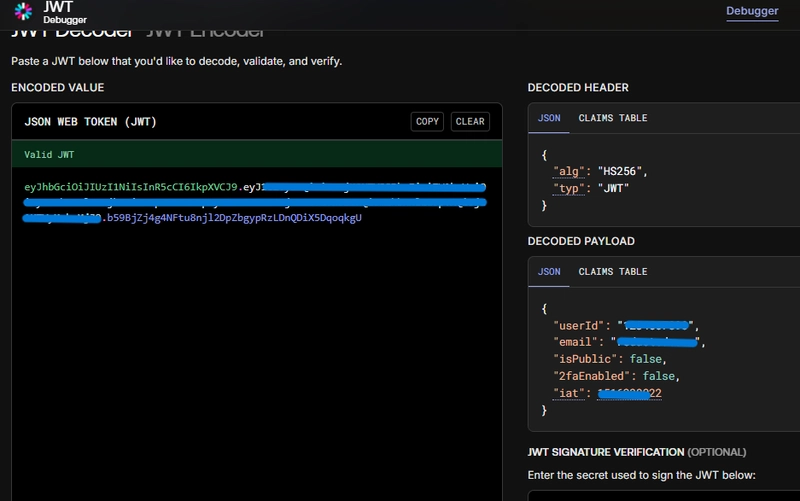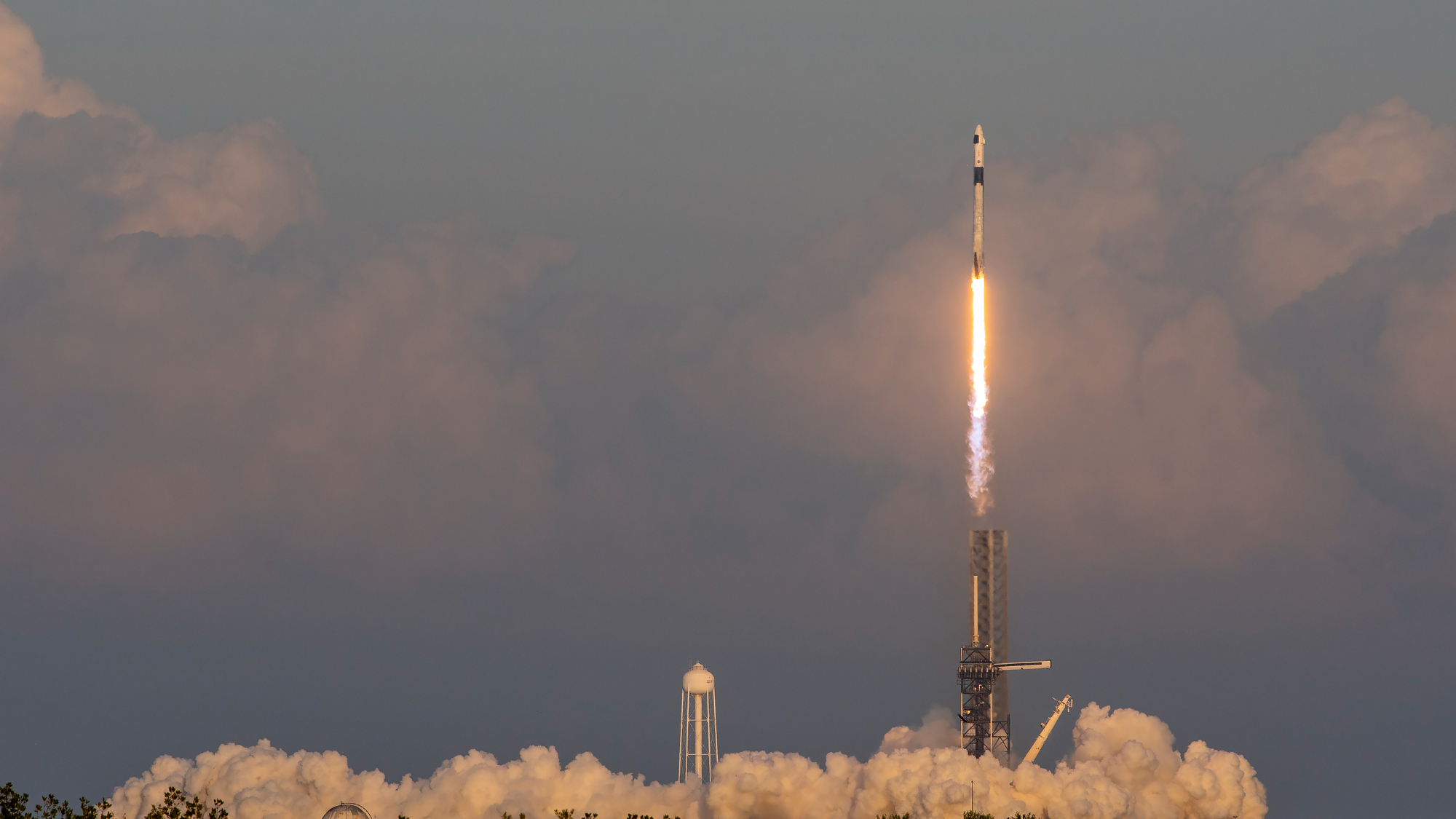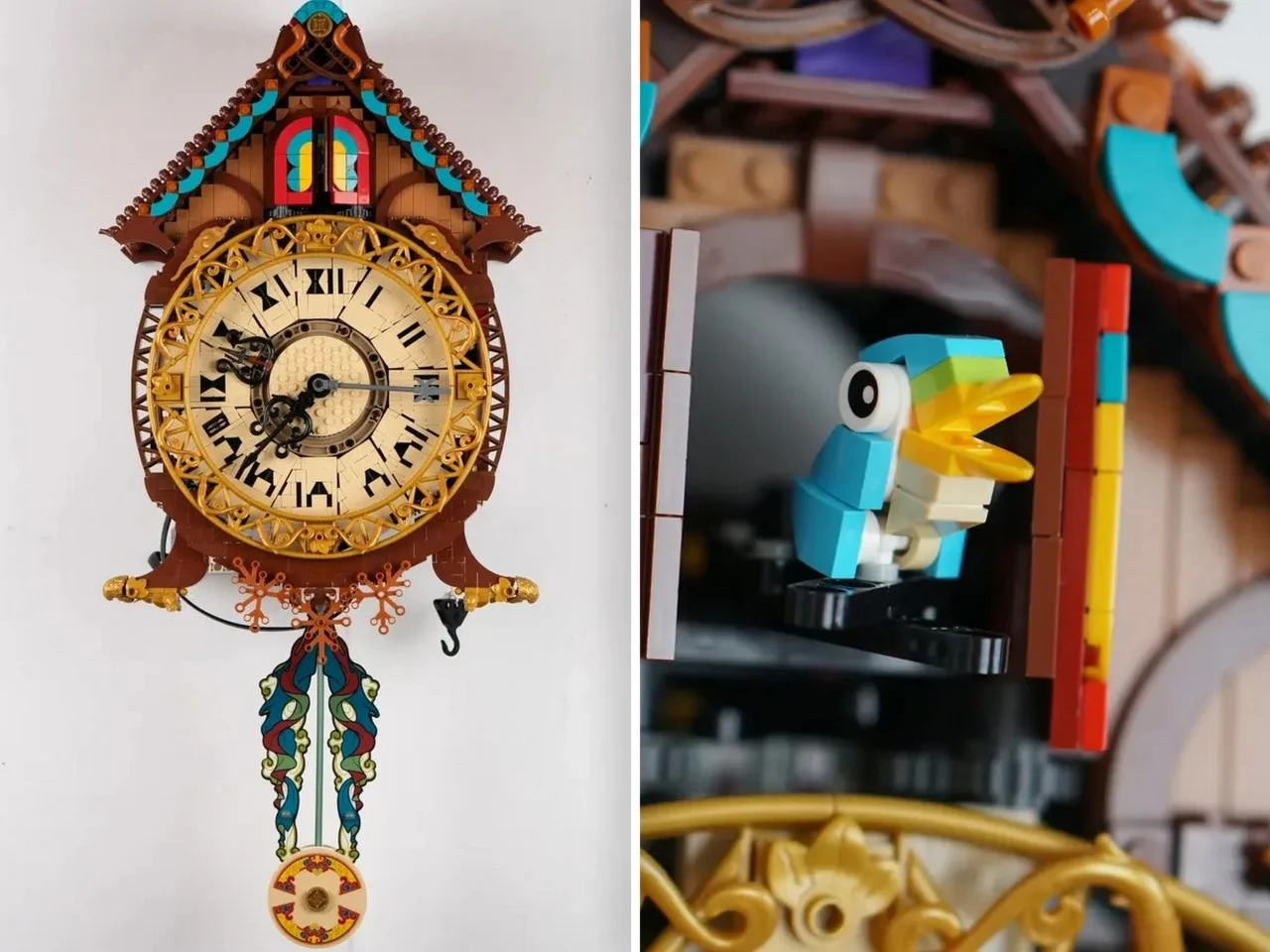Leading (again) in uncertainty
We are again in uncertain times. We again find ourselves dealing with sudden changes and uncertainty. We seem to be in a state of constant change and ambiguity.


Key points:
- Change has become the norm in our high-speed world
- How school leaders can manage and control emotions
- Em-pathy, not un-pathy, in school leadership
- For more news on navigating change, visit eSN’s Educational Leadership hub
We are again in uncertain times. We again find ourselves dealing with sudden changes and uncertainty. We seem to be in a state of constant change and ambiguity. The causes are different, but the feelings–and often our immediate reactions to these events–are the same.
It is time for us to change our way of thinking and our reactions, because these changes–or rather, this state of change–will soon become the norm.
During the Covid-19 pandemic, we crafted an article, The Case for Embracing Messy Leadership in Schools, which highlighted how successful school leaders all had something in common. They led, not with certainty, but rather by embracing the uncertainty. They didn’t assume to have the answers and they displayed their own vulnerability. They were, by most accounts, the opposite of the superhero archetype who flies in to save the day.
Instead, these real-life heroes were people who led via purpose, authenticity, curiosity, collaboration, and relationships.
I refer back to this piece now, four years on, because we again–or rather, still–find ourselves in the midst of uncertainty. These uncertainties, which are affecting our schools, our systems, and even our communities, are not another global pandemic, but they are similarly disruptive–though thankfully, not lethal. We are going through changes brought on by sudden policy changes, disruption of services, and the rise of AI. These crises are causing a constant state of unease and disequilibrium. They force us to reflect on things we took for granted and assumed were stable. But instead, they are causing confusion, disruption, and systemic and process changes–and there are no obvious answers to how we should respond. Our contexts require contextual responses. This is not a situation where the superhero can fly in and save the day. The solutions require local knowledge and a healthy dose of authenticity, curiosity, collaboration, and relationships.
From the original article:
Leadership has always been a bit messy, especially in schools, where leaders have always had to navigate ambiguity and complexity. But prior to 2020, much of the messiness was hidden.
Before the pandemic, strong leaders were often expected to focus their leadership on process, accountability, and strategic planning that presented a very controlled picture of leadership. The leader led and others followed. There was a theoretical rhythm and cadence to how effective leadership should look.
This of course wasn’t necessarily true in practice, but these were certainly long-held assumptions of how good leaders acted. There was an expectation of professionalism, and in some extreme cases, leaders were viewed as superheroes whose schools and organizations depended on them for survival. The collective, and somewhat traumatic, experiences of the pandemic, racial and civil unrest, and difficult re-openings have exposed many cracks in education and revealed a certain vulnerability in education leadership.
We all have witnessed very different leadership responses during this time. We saw leaders who wanted to wait it out and continue down the traditional path. Such leaders were most comfortable showing up as they always had as a leader–reserved and in control. They were most comfortable in seeking stability and wanting to return to the status quo. But we also saw those who responded differently. We saw leaders who were vulnerable, who were open to listening, and acknowledged they might not have all the answers. These were leaders who whole-heartedly embraced the ambiguity and looked to thrive in the uncertain messiness. As Bryan Goodwin and Kent Davis of the nonprofit McRel have written, this shift can be difficult for some as it “requires them to reflect on not only what they must do, but more deeply, who they must be as leaders.”
We introduced a framework based on our research of more than 20,000 school leaders that is intended to help leaders adjust and respond to this uncertain world. MESSY was not only a description of where we are but also an acronym for this new framework. Leaders who thrived were ones who embraced,
- Meaningful purpose
- Emotional connection
- Sensing the future
- Seizing momentum
- Your presence
This, however, is not a frame to revert to after a crisis, but rather a framework for leaders to absorb and embrace for the foreseeable future. It is not intended as an antidote when change occurs, but rather a newer way of thinking as change becomes the constant.
In the early 2000s the term VUCA, which stands for Volatility, Uncertainty, Complexity, and Ambiguity and was first coined by the United States Army War College, was used to describe the business environment, drawing parallels between the uncertain, complex conditions faced by military leaders and those faced by modern business leaders. The business world was becoming more volatile. Since then, the phrase has been used more frequently and commonly to describe the world in which we find ourselves. Our world is becoming more VUCA and more rapidly so. Crises that occurred once in a generation are now more likely to be annual. Things are invented, introduced, and mastered by some before many of us even know what the letters stand for:
- AI: Artificial intelligence
- ML: Machine learning
- IoT: Internet of Things
- NFT: Non-fungible token
- VR: Virtual reality
- AR: Augmented reality
- RPA: Robotic process automation
Times and things are changing–and more than what is changing, it the environment of constant change that is most unnerving and that requires us to adjust. This is becoming our new reality.
So, given what we know and what we’ve learned from our recent crises, what should we do to adapt and adjust to these new challenges?
As we saw during Covid, there was not one answer. The same will be so for these changes. The answers will be discovered via leadership that brings others in and actively hears from others. It will come via discussions and many short trials and errors. It will also come from removing the blinders around our perspectives.
Crises, challenges, changes
Things are changing and we must become more able to adjust. One of the first things to adjust to is our terminology (and as a consequence, our mindsets). Reacting to each new thing as a crisis will become exhausting and self-defeating. Seeing new things as challenges is better but still moves us to respond independently. Adjusting to see these events as changes should allow us to take in the bigger picture and be better prepared to change constantly.
Understandably, we are witnessing changes in real-time that legitimately feel like crises. Our first step should be to try and determine what is a crisis and what is a challenge or a change, as we are likely experiencing all of these to varying degrees. From the introduction and adoption of AI across sectors, to the dramatic and sudden shifts in U.S. policy and funding, and from the upending of world order and alliances to the continued degradation of our planet and climate, we have witnessed and are witnessing varied leadership responses to these shifts. Many leaders have hunkered down, understandably waiting to see what happens next and to give themselves time to make sense of the confusion. Some leaders have clung or reverted to traditional methods, showing up as reserved and in control, seeking stability and a return to the status quo. Others are seeking to embrace the uncertainty, discussing vulnerability, displaying openness, acknowledging the ambiguity of these transformative times, and thriving in the uncertain messiness. As Bryan Goodwin and Kent Davis of McRel have written, this shift can be challenging because it “requires them to reflect on not only what they must do, but more deeply, who they must be as leaders.”
These phenomena didn’t just show up in the education world. Globally, leaders in every industry are faced with similar choices. There isn’t a discreet handbook for integrating AI or managing shrinking budgets; most are experimenting and learning as they go. The most successful leaders are those who share their work–their successes and their failures–and who lead with empathy, learning from others.
Navigating the messiness with a MESSY style of leadership
While guidelines for these challenges may be sparse, this form of leadership–MESSY Leadership–has roots in design thinking, collaborative leadership, and the flat hierarchy movement. MESSY Leadership refers to key mindsets and behaviors that allow leaders to successfully navigate rapid change and thrive in the messiness.
The MESSY acronym encapsulates the essential qualities of effective leadership in such environments:
- Meaning making: Taking a broader view of issues and exploring how to engage others with a shared vision
- Emotional connection: Bringing emotion and empathy into leadership and decision-making
- Seizing momentum: Adjusting course as needed, demonstrating flexibility and a willingness to admit mistakes
- Sensing the future: Being open to new ideas and solutions, creating quick learning loops with rapid iteration
- Your presence: Being comfortable with saying “I don’t know” and putting aside the traditional leader’s role
These attributes highlight the needed human side of leadership, fostering collaboration and openness to new ideas. Although challenging, embracing vulnerability and saying “I don’t know” can be empowering, enabling leaders to make progress in uncertain times.
Change has become the norm in our high-speed world, where life is increasingly lived in beta. Leaders, like everyone else, have two options: dig in their heels or learn to ride the wave of change. Extraordinary leaders lean into these challenges and adjust, focusing on understanding and connecting with others.
Future challenges, whether related to policy, climate, AI, funding, or other unforeseen issues, will demand adaptive and empathetic leadership. The leaders and the communities that thrive will be those that embrace the messiness of leadership, moving away from rigid hierarchies to more flexible and collaborative approaches.

















.webp?#)


















/https://tf-cmsv2-smithsonianmag-media.s3.amazonaws.com/filer_public/26/97/269791c1-1e8f-4c56-aa41-0e1a0860a76f/14356348121_50476dffd1_o_web.jpg?#)



































